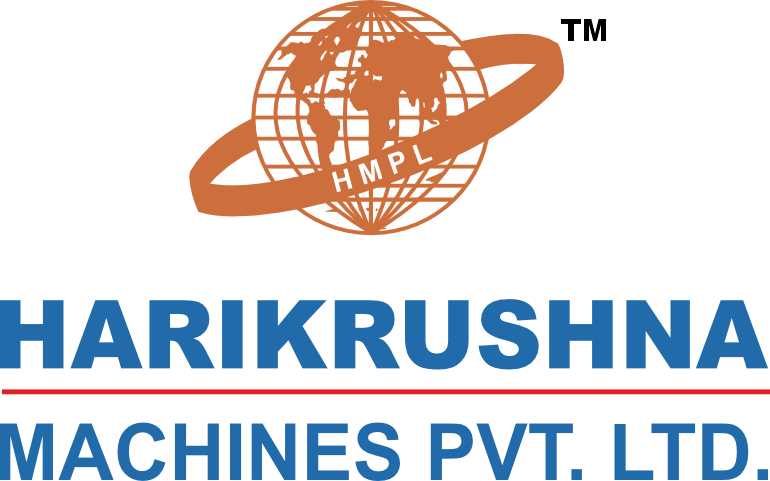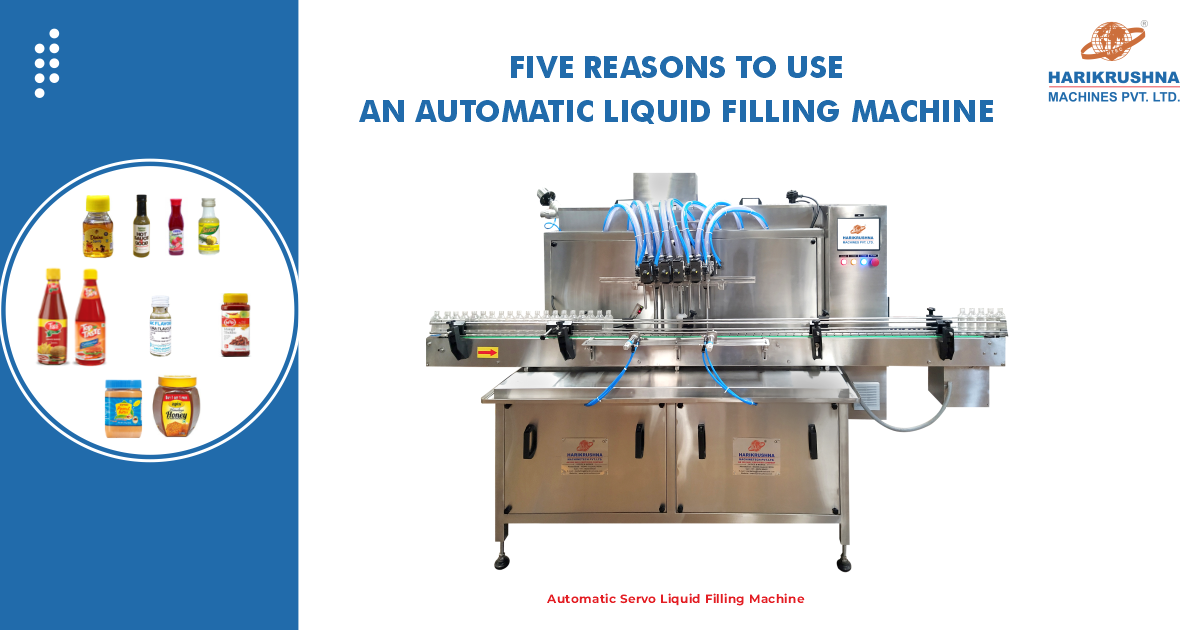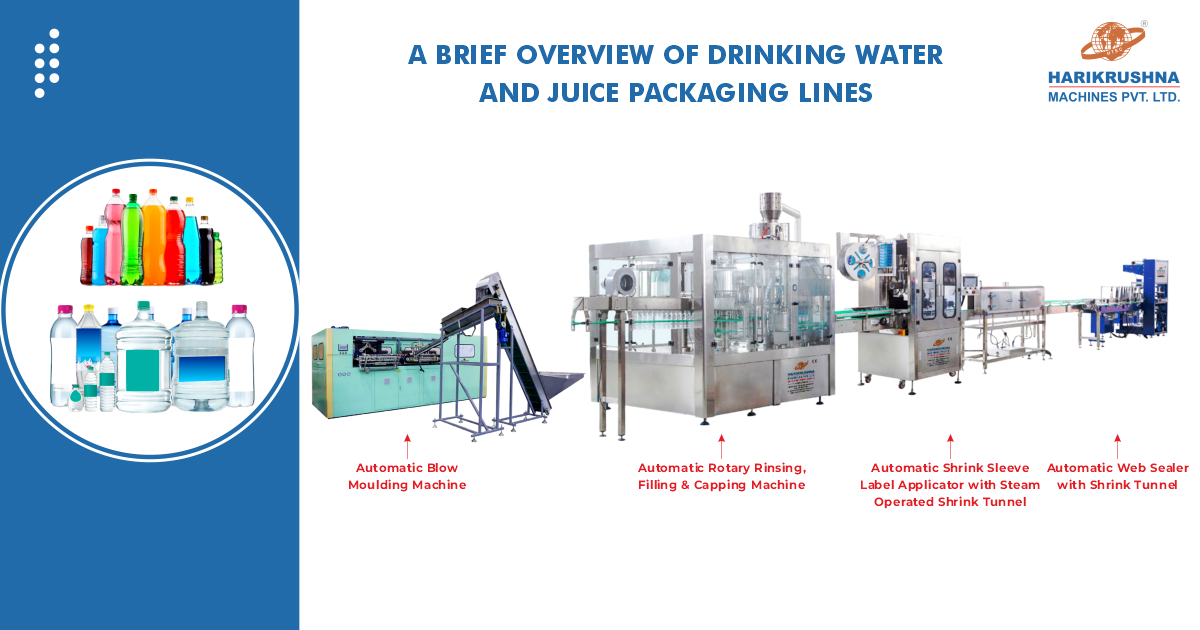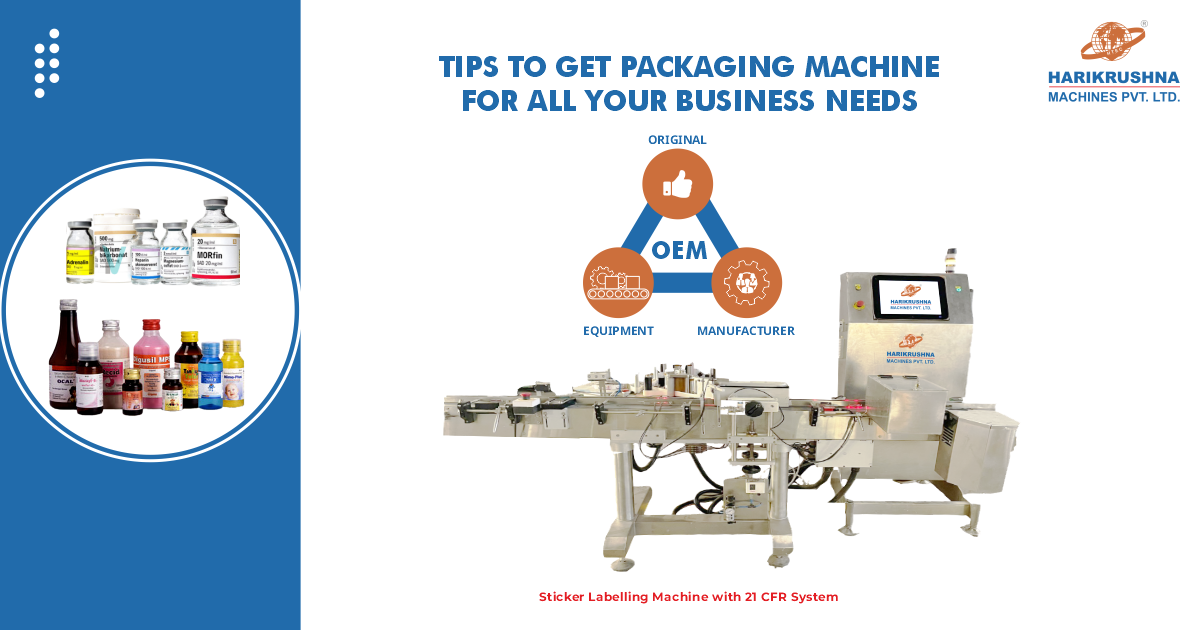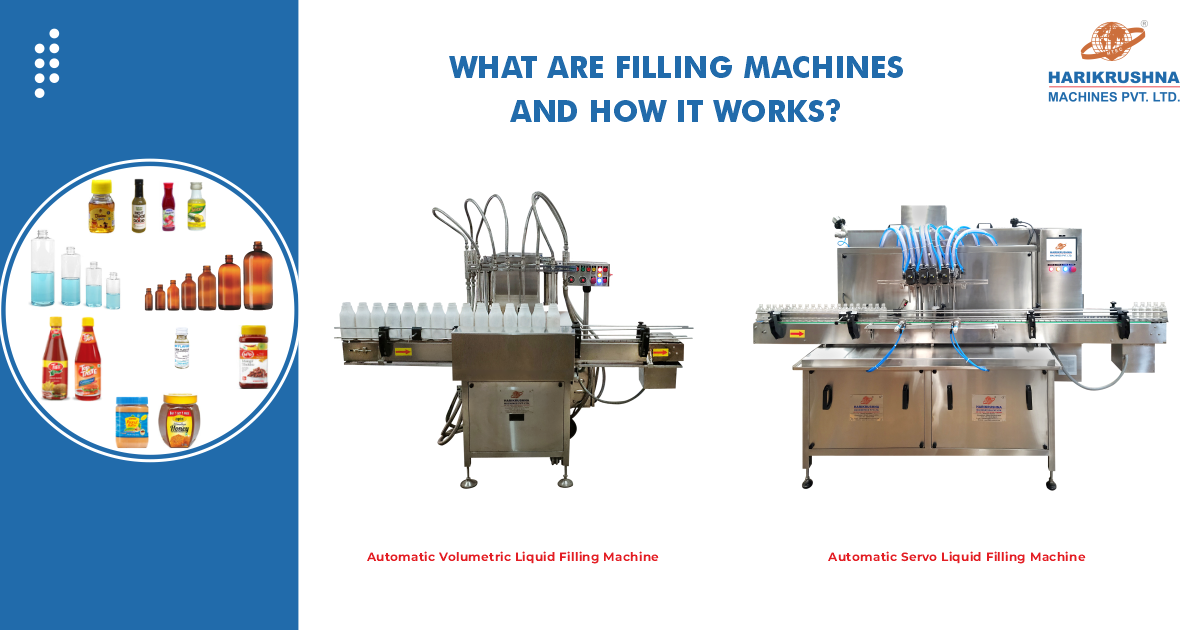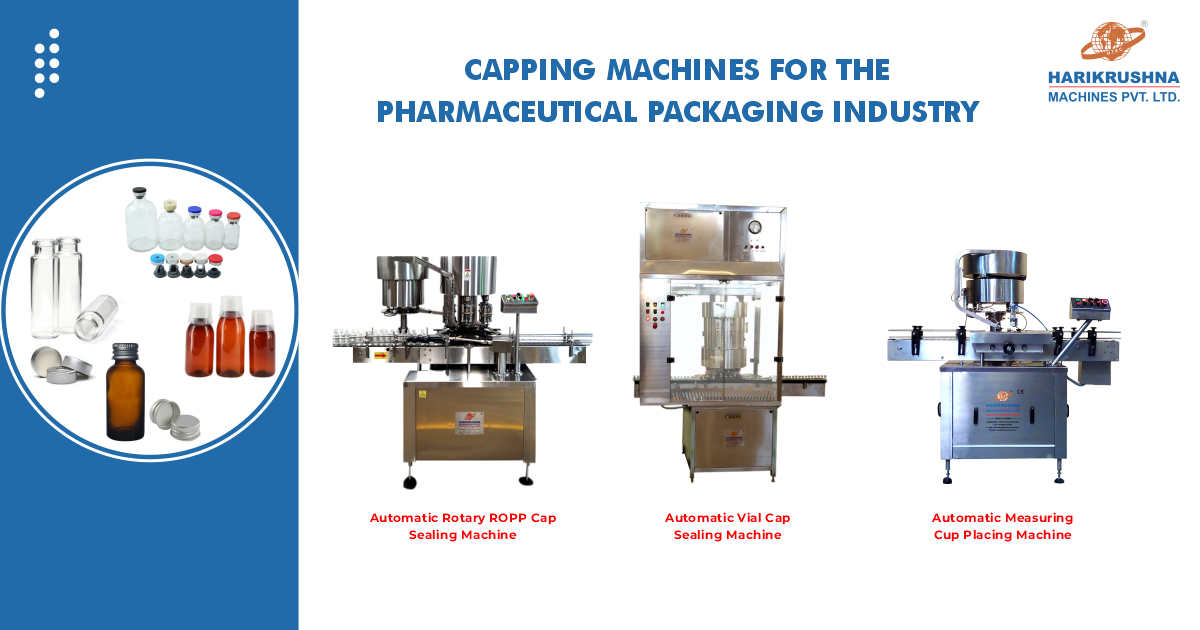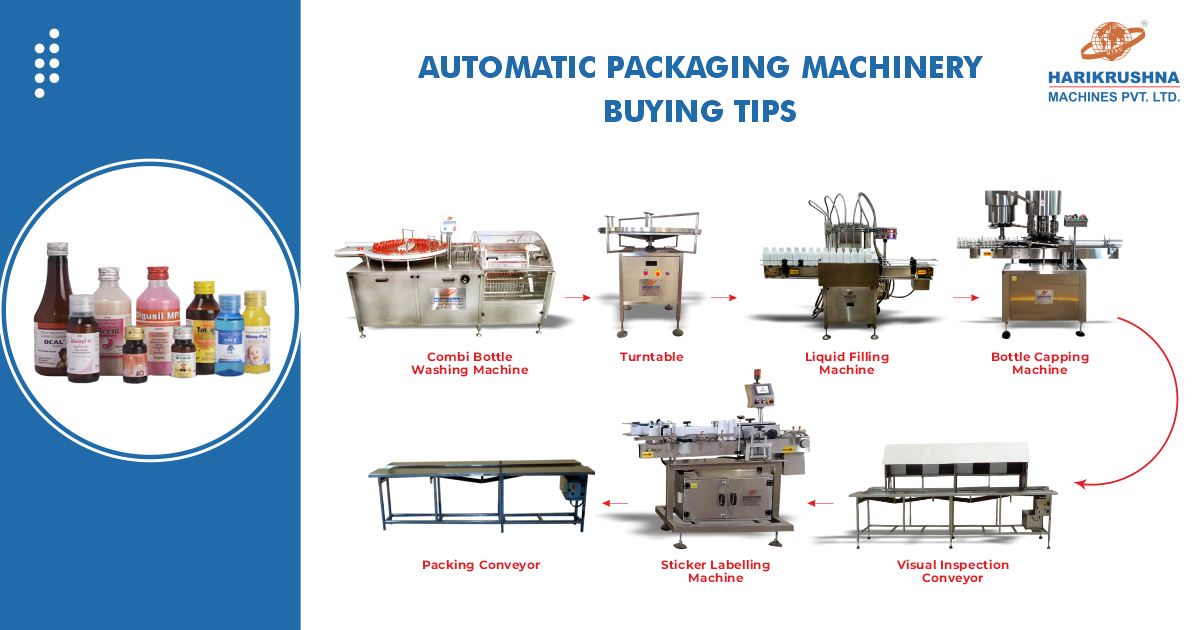Hand-applying labels are the way most companies start, selling small quantities at a farmer’s market, or fulfilling individual online orders for example.
Hand-applying labels are tedious, leads to waste (damaged labels), and despite all best efforts the labels are not consistently applied. Full-wrap labels are even more difficult to align, and film labels tend to trap air bubbles. As your production volume increases and fewer friends and family are willing to join you for a “labelling party”, it can take forever to get through all those label rolls. Or maybe you are just tired of paper cuts, perpetually sticky, aching fingers, and misaligned labels. So what’s next?
Machine application is a natural next step. Time is money, after all, and the only thing hand application has going for it is the cost: it’s free. With experience, you can apply between 300-500 labels per hour to a bottle– that’s one label on one side. If you have a front label and a back label that number is going to be cut in half. As un-labelled bottles pile up and you’re surrounded by a mountain of label liner waste nursing sore fingers, an electronic label applicator starts to look like a sound investment.
Manual Tabletop Label Applicators
Manual label applicators combine the functionality of a dispenser with a roller that you drag or spin your container across to apply the label uniformly. Labels are dispensed manually, or by advancing the roll through the hand pressure of your container. These applicators are designed for small rolls of labels and eliminate the inconsistency and inevitable waste of hand labelling.
Semi-Auto Label Applicators
Electronic semi-auto label applicators are available as tabletop machines about the size of carry-on luggage that apply the labels as you swap bottles in and out by hand. Some applicators operate by pressing a foot pedal, some by sensing the insertion of a new bottle. (We’re using ‘bottle’ here but this could be a jar, can, etc…). Some dispense the discarded liner into a heap on the floor and others include a waste rewinder to keep your workspace tidy.
Added features that affect the final price can include:
- Labelling speed (units per hour)
- Sensors that eliminate the need for a foot pedal
- Waste rewinders to handle the discarded label liner
- Larger label roll capacity
- Ability to handle clear film labels or other exotic label materials
- Front and back label application
- Larger container size capacity (a labeller that can accommodate a wine bottle may cost more than an applicator that maxes out with a 1-quart jar)
Additional Considerations When Purchasing a Semi-Auto Applicator
When considering a semi-auto label applicator, your current specific packaging needs will be a priority. However, some equipment is more versatile and adjustable than others, which will allow you to label additional containers than those you are using now– something you may develop a need for in the future.
When shopping for labelling equipment you will want something sturdy that will not wear down or break easily– professional/industrial grade equipment, not hobby products. Adjustment points should be robust, having to fiddle with them constantly to keep everything in line will be frustrating and slow down production.
